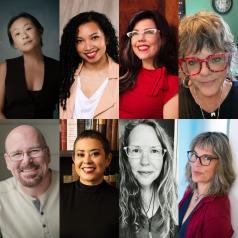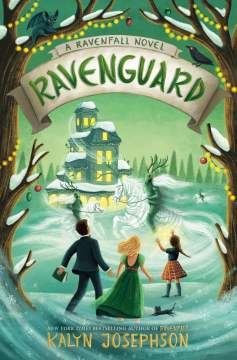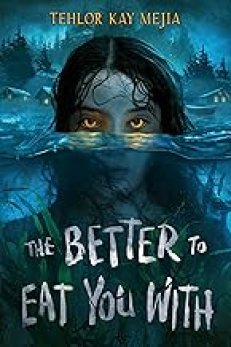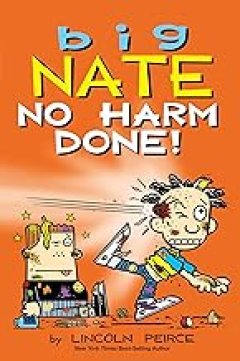
This month’s book list will take you on a tour of the 63 national parks of the United States. Along the way you’ll encounter amazing wildlife, breathtaking landscapes, important cultural traditions, and fascinating projects in science and conservation!
The National Parks: Preserving America’s Wild Places by Falynn Koch (Science Comics series)
A vibrant graphic-novel history in the Science Comics/History Comics style, narrated by a wise-cracking Bigfoot and Eagle, offering a witty yet substantial look at the founding of the U.S. national parks. It addresses complex themes—colonialism, conservation politics—with playful visuals, making it powerful and engaging for middle-grade readers and beyond.

50 True Tales from Our Great National Parks written by Stephanie Pearson and illustrated by Madeline Kloepper
This beautifully illustrated treasury shares 50 real-life stories from iconic national parks. From heroic people to animals, astounding features, and conservation triumphs, each tale connects deeply with its setting. Entertaining and informative, it brings parks to life across the U.S., making it a perennial favorite for families and young nonfiction lovers.
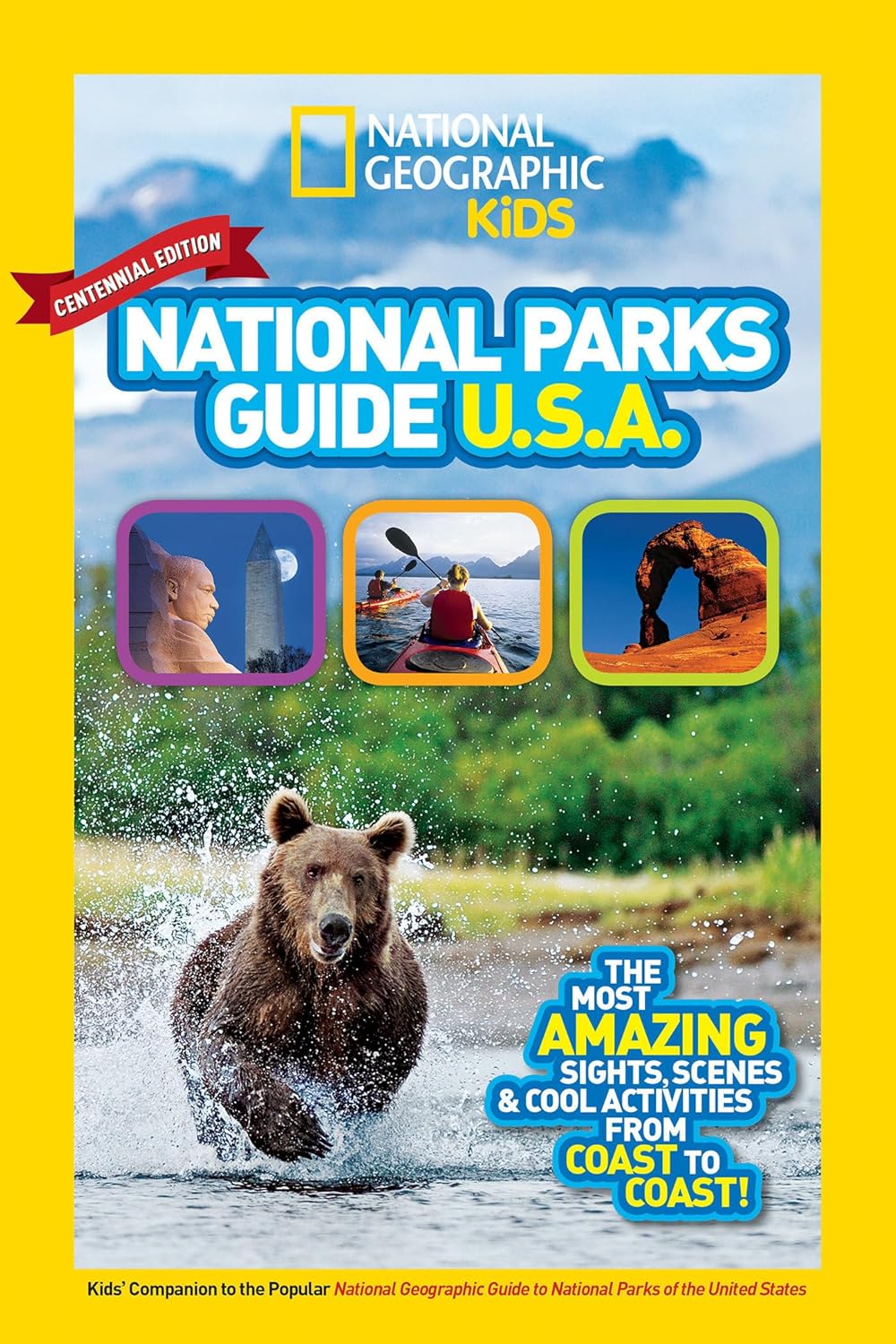
National Parks Guide USA Centennial Edition: The Most Amazing Sights, Scenes, and Cool Activities from Coast to Coast! by National Geographic Kids
A rich, celebratory children’s guide packed with dazzling color photos, maps, fun facts, Ranger tips, conservation ideas, and activity suggestions. Created for the 100th anniversary of the U.S. National Parks, it’s an ideal visual companion brimming with inspiration for young explorers preparing for a visit—or dreaming of one.
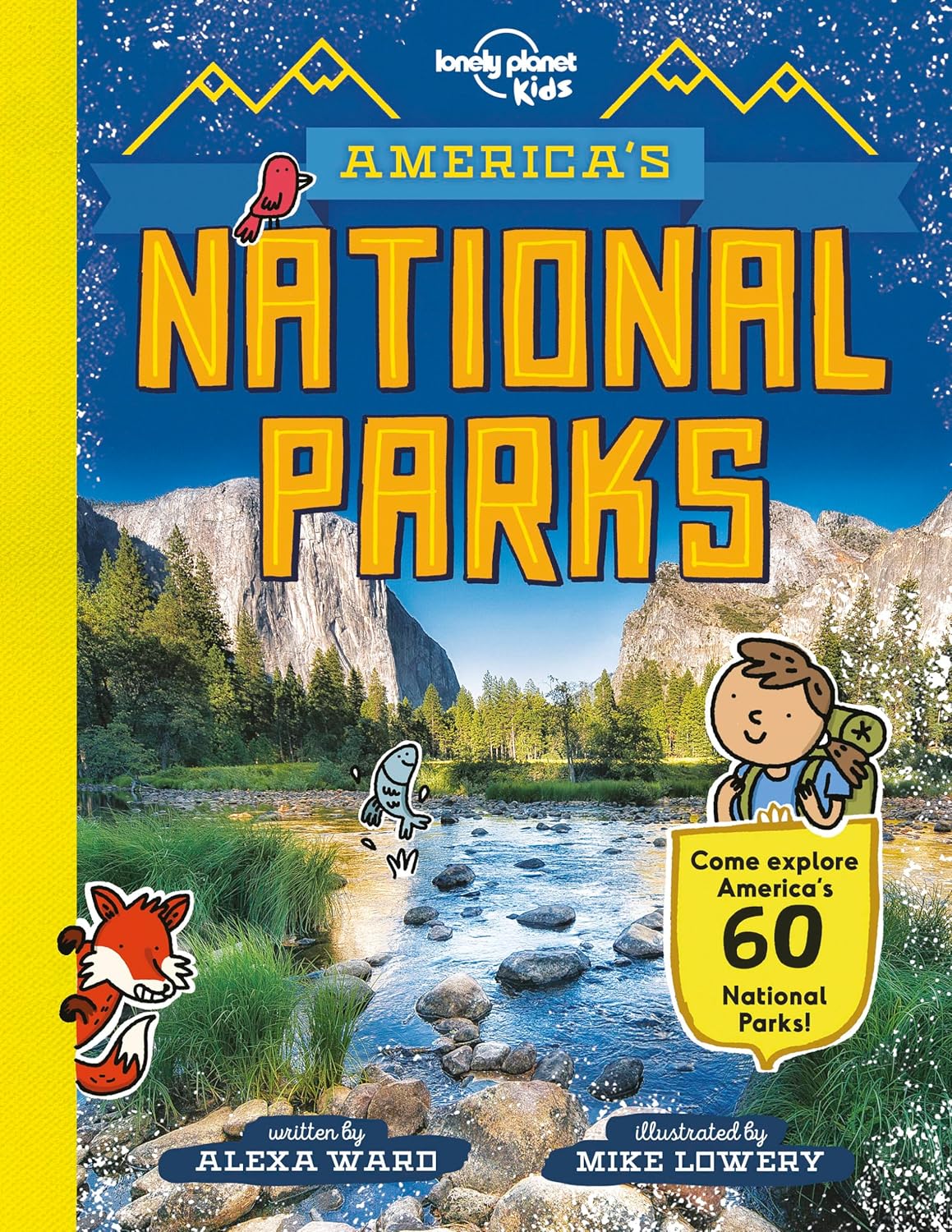
Lonely Planet Kids America’s National Parks written by Alexa Ward and illustrated by Mike Lowery
This lively, visually stunning guide covers all 63 national parks (including the newest), with jaw-dropping photography, quirky illustrations, fun facts, thematic spreads (e.g., “Parks at Night”), and a conversational tone parents and kids both enjoy. Packed with history, tips, and secrets, it’s a dynamic and immersive read for aspiring young adventurers.
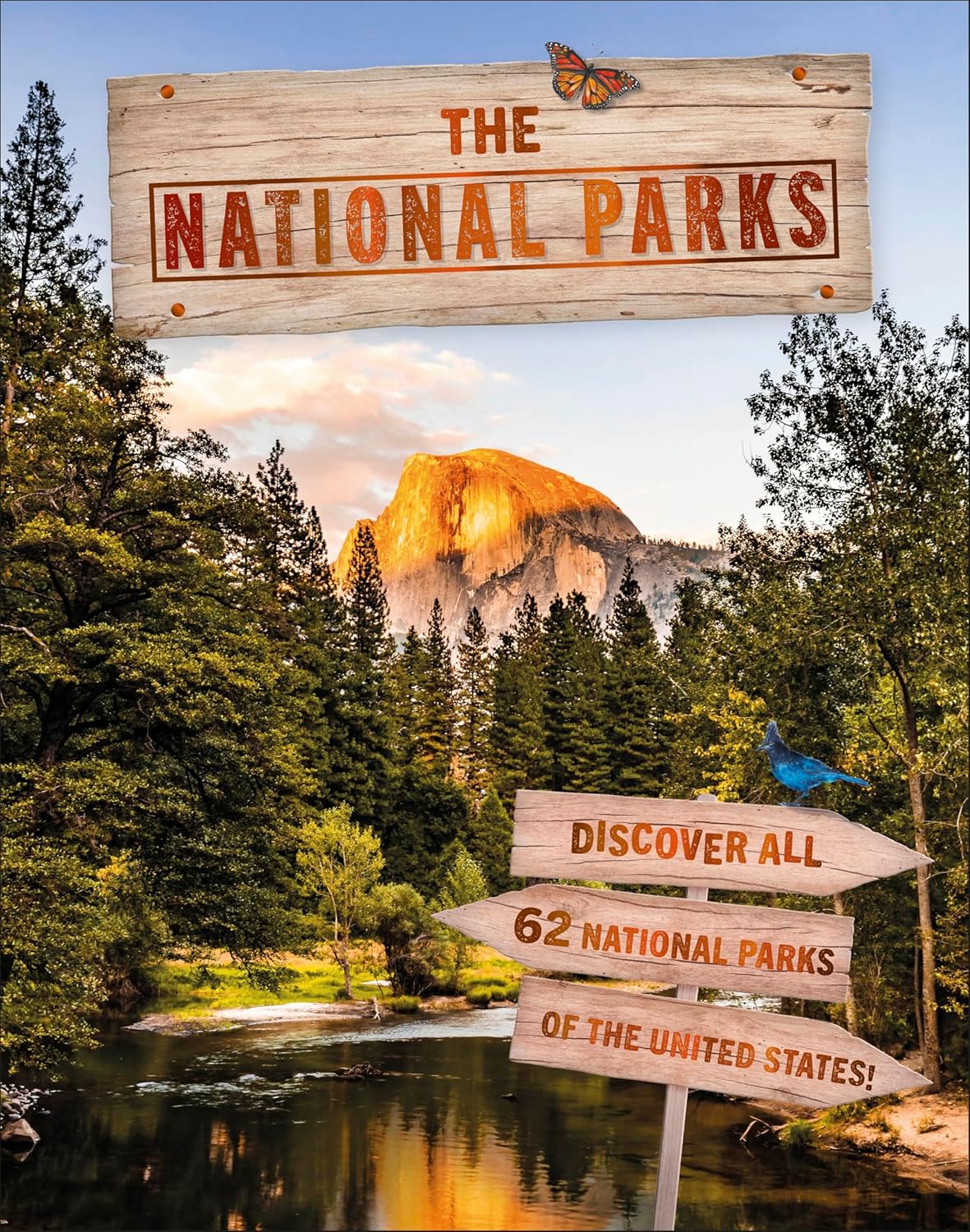
The National Parks: Discover all 62 National Parks of the United States! by DK
A bright, cheerful travel guide for kids, showcasing all 62 U.S. national parks (not including New River Gorge, which joined the list in 2020) via striking photos and accessible text. Features fun facts—like “Wrangell-St. Elias is bigger than Switzerland”—activity tips, flora and fauna highlights, and safety advice. A perfect primer to spark young nature lovers’ curiosity and promote outdoor stewardship.

The Unlikely Hero: The Story of Wolf 8 (Young Readers Edition) by Rick McIntyre and David A. Poulsen
Biologist Rick McIntyre has teamed up with YA author David Poulsen to bring to life the reintroduction of wolves into Yellowstone National Park. This action-packed nonfiction story follows the life of Wolf 8 as he fends off grizzly bears, adopts a litter of pups, and helps his family to survive. (In keeping with the conventions of scientific research, all the wolf characters are identified with numbers instead of names.) The scenes in the book are based on McIntyre’s own observations, and readers will find themselves rooting for this underdog on his journey to become an alpha wolf.

National Parks: A Kid’s Guide to America’s Parks, Monuments, and Landmarks written by Erin McHugh and illustrated by Neal Aspinall
Each page of this fact-filled book features a site managed by the Natural Park Service—not just national parks, but also scenic riverways, parkways, national forests and recreation areas, historical parks, and more. Every state and U.S. territory is represented, so U.S.-based readers will be able to find sites both far away and close to home. The images in this book include vintage travel posters as well as historical photographs and eye-popping sidebars.

Park Scientists: Gila Monsters, Geysers, and Grizzly Bears in America’s Own Backyard written by Mary Kay Carson with photographs by Tom Uhlman
National parks serve as “natural laboratories” and “living museums” that offer unique possibilities for scientific research. This book follows in the footsteps of real-life biologists, ecologists, geologists, herpetologists, and citizen scientists in three different national parks: Yellowstone, Saguaro, and Great Smoky Mountains. Aspiring scientists will learn what makes geysers erupt, what happens when bears hibernate, how Gila monster venom can be used, and more.
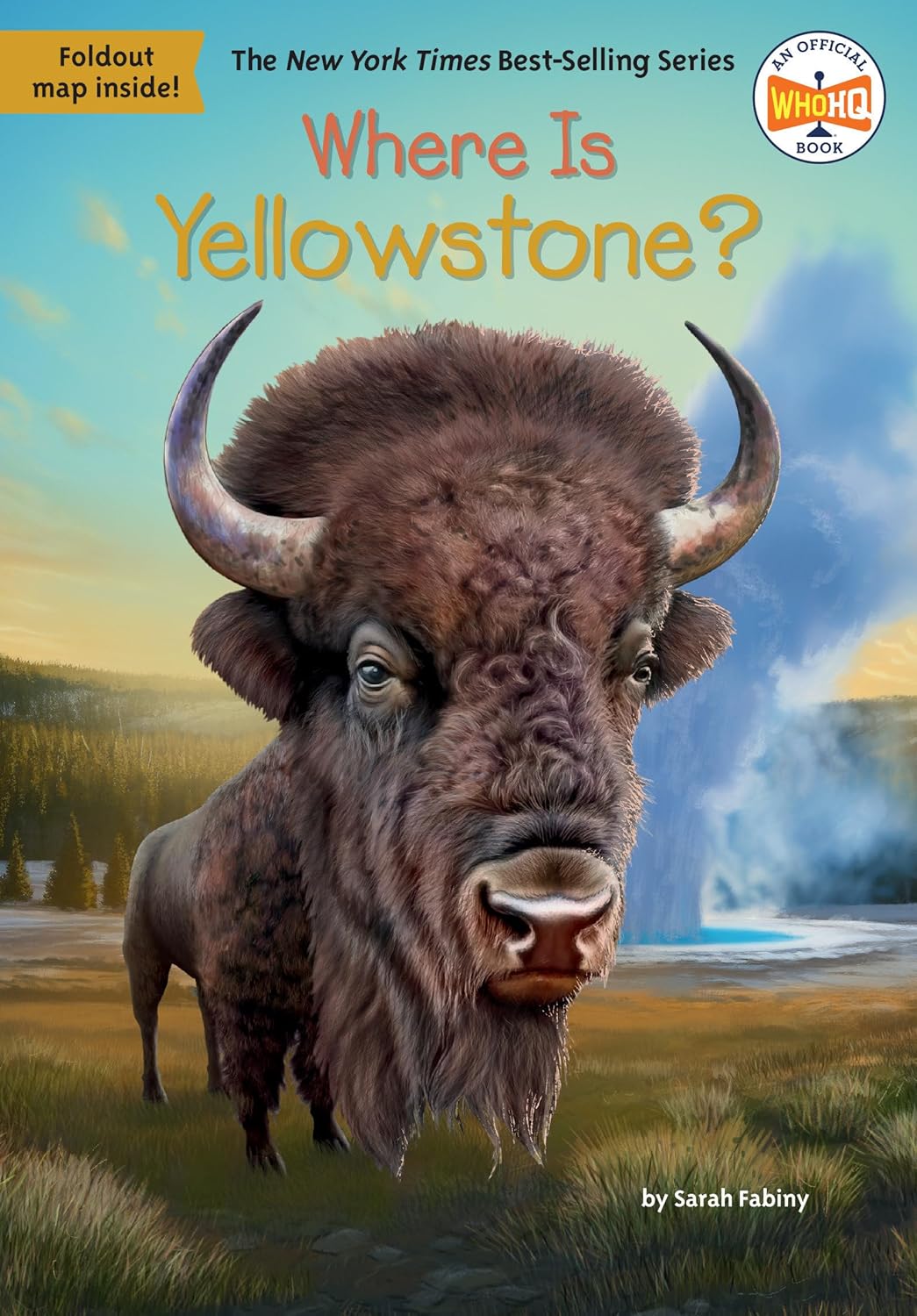
Where Is …? by Penguin Random House/Who HQ
This bestselling nonfiction series includes three titles specific to U.S. national parks: Where Is Yellowstone? by Sarah Fabiny and Stephen Marchesi; Where Are the Everglades? by Nico Medina and Gregory Copeland; and Where Is the Grand Canyon? by Jim O’Connor and Daniel Colon. Each book is divided into nine chapters and provides a deep dive into the history, culture, and ecology of the featured park.
_________________________________________________________________________________________________________
This month’s STEM Tuesday book list was prepared by:

Lydia Lukidis is an award-winning author of 60+ trade and educational books for children. Her titles include UP, UP HIGH: The Secret Poetry of Earth’s Atmosphere (Capstone, 2025), DANCING THROUGH SPACE: Dr. Mae Jemison Soars to New Heights (Albert Whitman, 2024), and DEEP, DEEP, DOWN: The Secret Underwater Poetry of the Mariana Trench (Capstone, 2023) which was a Crystal Kite winner for the Canada and North America division, Forest of Reading Silver Birch Express Honor, a Cybils Award nominee, and winner of the Dogwood Readers Award. A science enthusiast from a young age, Lydia now incorporates her studies in science and her everlasting curiosity into her books. Another passion of hers is fostering a love for children’s literacy through the writing workshops she regularly offers in elementary schools across Quebec with the Culture in the Schools program. For more information, please visit www.lydialukidis.com.

Callie Dean is a researcher, writer, and musician living in Shreveport, LA. Her first picture book, Marvelous Mistakes: Accidents That Made History, will be published in 2026. For more information, please visit https://calliebdean.com.


 Students will gather twice a year at the University of San Francisco campus, and otherwise will work remotely. The program is for any and all kidlit authors, whether you write fiction or nonfiction, graphic novels, poetry, and starting with picture book all the way through YA. Every six months 20 more students will join the program.
Students will gather twice a year at the University of San Francisco campus, and otherwise will work remotely. The program is for any and all kidlit authors, whether you write fiction or nonfiction, graphic novels, poetry, and starting with picture book all the way through YA. Every six months 20 more students will join the program.